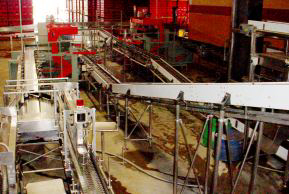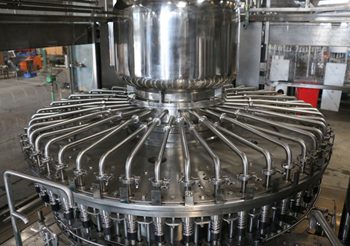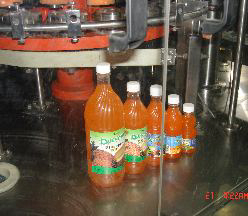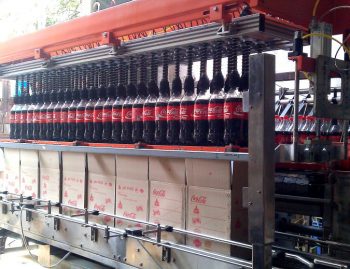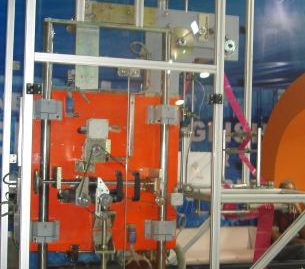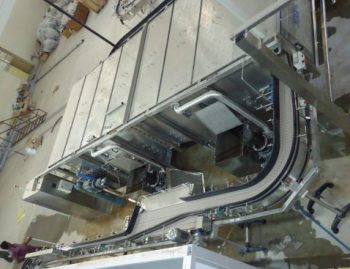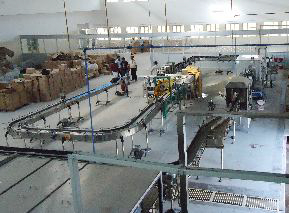
A screw conveyor, also known as an auger conveyor, is a type of conveying machine that moves materials by using a motor to produce spiral rotation. Screw conveyors are ideal for conveying particles or powdered materials horizontally, inclinedly, or vertically. It's a common conveying device in the mineral, feed, grain, and oil industries, as well as the construction industry. Simple structure, small cross-sectional area, good sealing, convenient operation, easy maintenance, convenient closed transportation, and so on are all advantages of the screw conveyor.
Screw Conveyor Working Principle
Driving device, end bearing seat, screw shaft, screw blade, end feeding port, middle feeding port, intermediate bearing seat, head bearing seat, middle discharge port, head discharge port, machine slot, and so on are the basic components of the screw conveyor. When a screw conveyor is in use, the screw shaft rotates and the material goes forward down the conveyor's trough bottom under the blade's push. The material does not rotate with the screw conveyor blade due to the gravity of the material and friction between the material and the groove wall. Taxiing is a term used to describe the movement of materials through a conveyor.
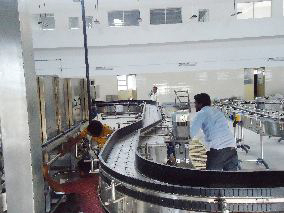
Screw Conveyor Types
- Screw Conveyor (Vertical)
The screw body of the vertical screw conveyor rotates at a faster rate than the standard screw conveyor. There is friction between the conveying material and the casing due to centrifugal force, which stops the material from rotating with the screw blade and overcomes the materials' falling gravity. As a result, vertical material transportation is possible.
- Screw Conveyor Horizontal
Due to the gravity of the material and friction between the machine slot and the machine slot, the material accumulated in the lower part of the machine slot does not rotate with the spiral body, but only moves forward driven by the rotating spiral blade when the material is added to the fixed machine slot. The horizontal screw conveyor is ideal for multi-point loading and unloading, and mixing, stirring, and cooling may all be done at the same time as the product is being conveyed.
- Screw Conveyor with No Shaft
The shiftless screw conveyor, in contrast to the typical shaft screw conveyor, has no center shaft, which effectively prevents clogging and winding, and is suitable for conveying ribbon, loose, sticky, and easy-to-wind materials. The entire conveying process takes place in a closed conveyer, ensuring that the material does not flow out and that secondary pollution is avoided. The shiftless screw conveyor can be moved horizontally or at a 25-degree angle.
- Screw Conveyor with an Incline
Inclined screw conveyors are a non-technical fixed kind that is also known as mobile screw conveyors. They have a tilt angle of less than 90 degrees and are available in a variety of sizes.
- Screw Conveyor with Bending Ability
Because the bendable screw conveyor's screw shaft is flexible, the conveying line can be adjusted according to the space curve as needed. This screw conveyor can be used for both straight-line and bending conveying, and its high degree of flexibility makes it very easy for users to arrange various pieces of equipment. A single flexible screw conveyor with a vertical height of up to 10 meters and a horizontal distance of up to 25 meters can move materials. If necessary, numerous conveyors can be linked in series to transfer goods over longer distances.
